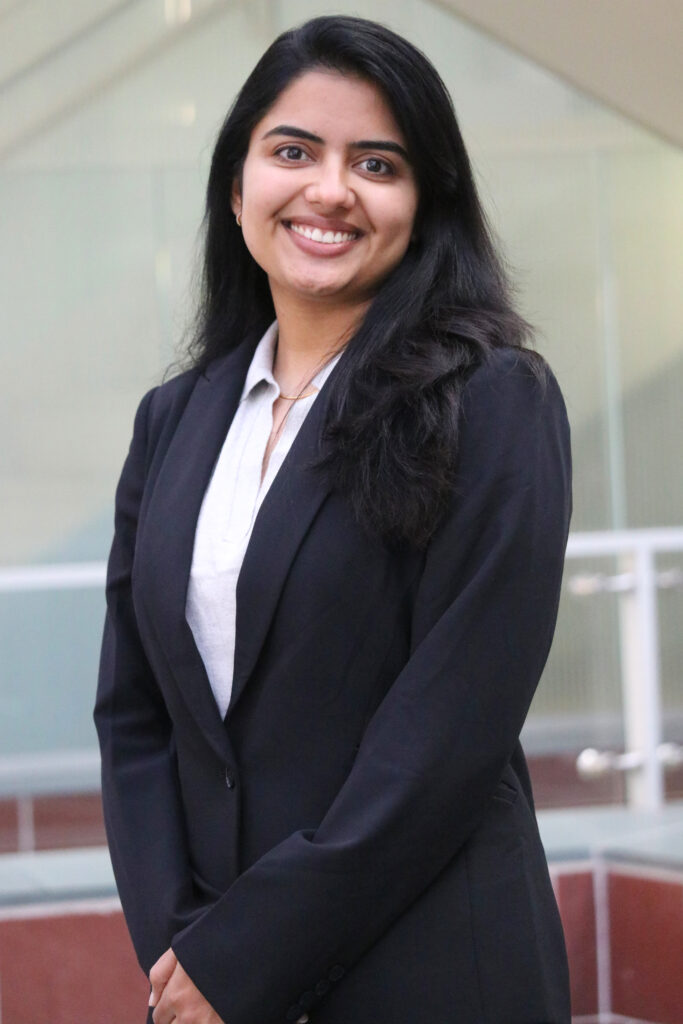DEEPSHIKHA OLA
The Ohio State University, PhD Environmental Sciences
EREF Scholar 2025

Modeling PFAS Atmospheric Deposition from Waste Management Sources
Per- and polyfluoroalkyl substances (PFAS), also known as “forever chemicals,” are highly persistent compounds widely used in consumer products and industrial applications. While most studies focus on PFAS in water, recent evidence suggests that air emissions are an important but overlooked pathway for environmental contamination. Waste management facilities such as landfills, wastewater treatment plants and incinerators, along with other industrial operations, are emerging as significant sources of airborne PFAS. However, the extent to which these emissions contribute to long-term accumulation in soil and ecosystems remains poorly understood.
This research addresses that gap by applying the Community Multiscale Air Quality (CMAQ) model to simulate PFAS transport and deposition across Ohio. The CMAQ-PFAS model builds on an established air quality framework but is adapted to predict how PFAS move in the atmosphere, transform, and eventually deposit onto land surfaces. Input data will be derived from published studies and ongoing measurements of PFAS in soil and tree bark, which will serve to validate and refine the model predictions. Simulations will identify “hotspots” of PFAS deposition and assess the relative contributions of different waste and industrial sectors, including solid waste management facilities.
By integrating advanced air quality modeling with field observations, this study provides a quantitative understanding of how PFAS emissions from waste-sector activities influence environmental contamination. The findings will support risk assessments and guide the development of sustainable waste management strategies and regulatory policies. Ultimately, this work aims to improve our ability to track, manage, and mitigate PFAS pollution, protecting both communities and ecosystems from the risks posed by these persistent chemicals.
Biography
Deepshikha Ola is a PhD candidate in the Environmental Sciences Graduate Program at The Ohio State University, where she began her program in August 2023 and anticipates graduating in July 2027. Her doctoral research focuses on modeling transportation emissions, air quality, and health impacts of electric vehicle adoption, working with Drs. Andrew May and Huyen Le. Prior to joining Ohio State, she earned her Master of Science in Environmental Engineering from the University of Cincinnati in 2023, where her research centered on source apportionment of air pollutants using advanced receptor modeling techniques. She completed her Integrated Bachelor’s and Mater’s of Technology in Civil Engineering at the Indian Institute of Technology Kanpur in 2018. She has extensive research experience in air quality and human health risk assessment, including indoor air quality monitoring in various microenvironments like libraries, temples, and residential spaces, as well as chemical characterization of emissions from indoor combustion sources. Beyond research, she has served as a Graduate Teaching Assistant for undergraduate courses in environmental engineering, and mentored undergraduate researchers. Her outreach experience includes mentoring high school students in data analysis, contributing to youth-led climate advocacy through Change the Chamber, and engaging with communities on air quality awareness.
